Armed with a pair of scissors, a plastic bag and a decent pair of wellington boots I discover exactly how 'poor man's asparagus' gets from plot to plate.
I'm in Devon at Great Orcheton, the family home of the Millers who farm 200 acres in the South Hams.
Walking through the canopied green landscape we're here to gather marsh samphire on the farm's coastal land. The sun is shining and the vista is simply breathtaking. The faint smell of wild garlic is in the air as the heat warms up the vegetable, now in flower.
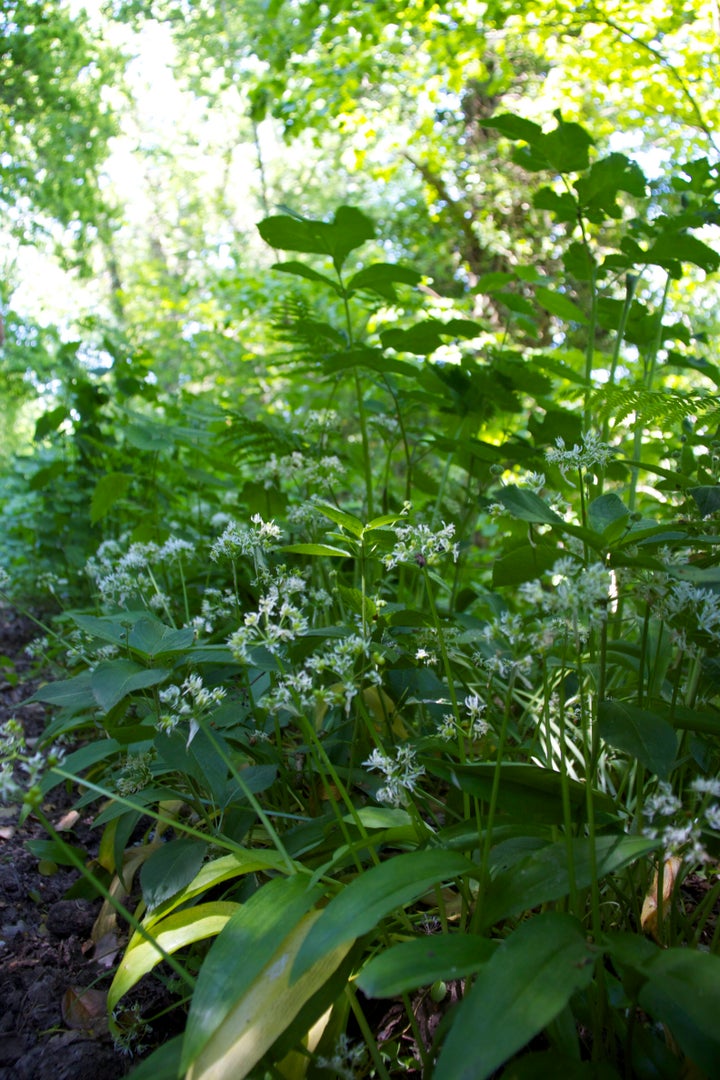
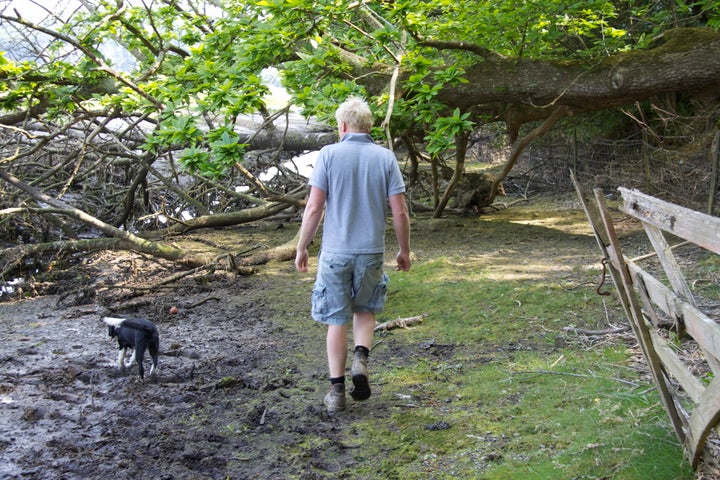
This area was once protected by a sea wall, believed to be built by Napoleonic prisoners of war in 1800. When the old wall was breached 7 years ago, flooding sea water killed grassland and trees, leaving a Jurassic-like landscape. Rather than rebuilding the defences, Natural England wanted the area to remain as marshland to help encourage rare forms of coastal habitat.
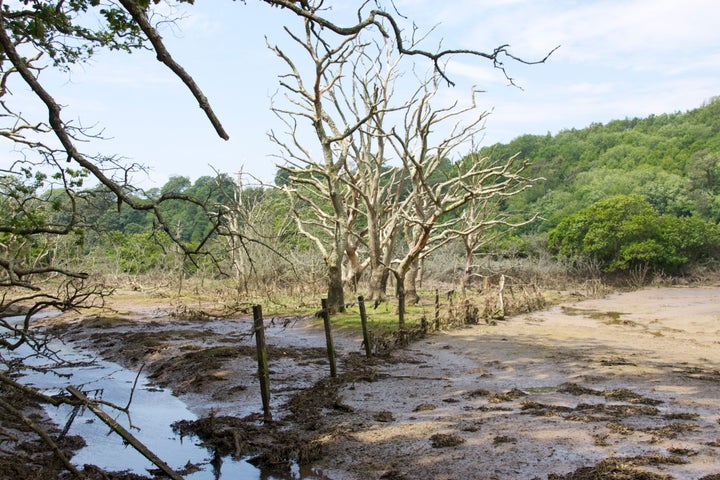
It was a happy accident that within the first year of flooding, the salt water brought with it samphire. This re-seeding vegetable means that the harvesting window is short. If its picked too late in the season, beyond August for instance, it will not seed and grow at all well for the following year. Samphire roots in salt marshes and helps stabilise them, like many salt-seeking plants It turns colour as it ages and ends its season coloured purple.
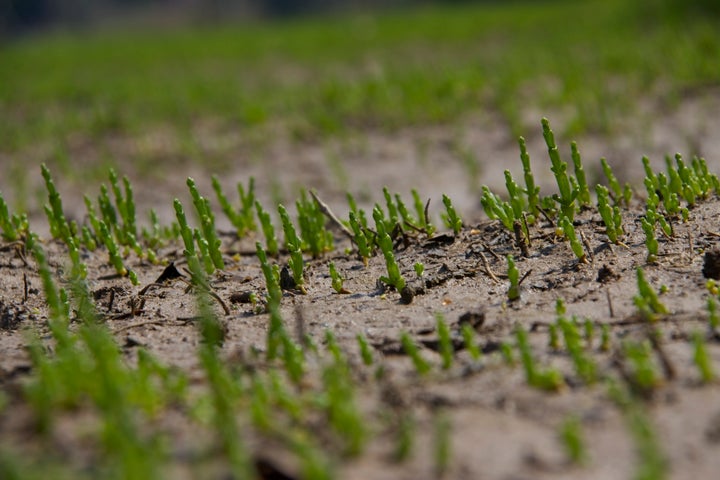
It tastes, as you'd expect, salty, and works well with strong flavoured fish, meat -black pudding and eggs are the perfect flavour combinations for me. It's perfect lightly steamed, blanched or sauteed. Samphire has been used for centuries for its medicinal properties. In the 17th century, the physician Nicholas Culpepper describes its digestive and diuretic benefits and sailors also took it on voyages as they believed it prevented scurvy.

Once the farmer has calculated the daily tides, it's fiddly stuff to harvest, it would be easier if it could be pulled by the root but here it can't. It must be cut. This is just one of the stipulations set out by Natural England when the family obtained the licence to harvest the wild crop.
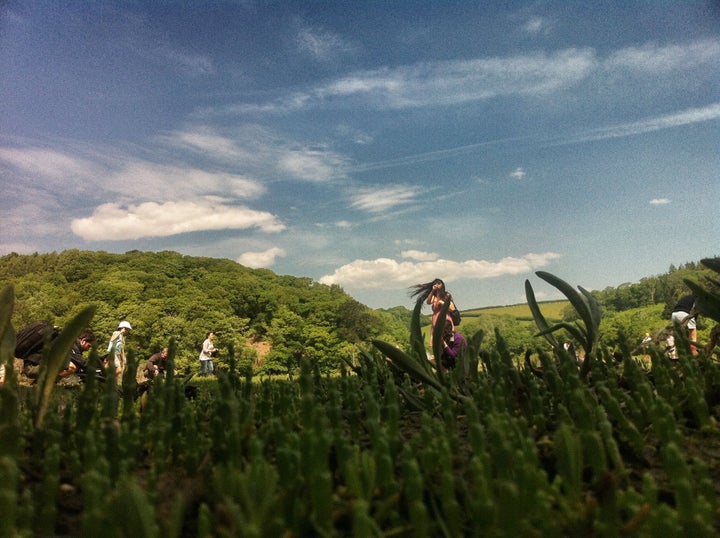
Crouching as far down as you can without losing your balance whilst at the same time ensuring your feet aren't sucked into the mud is a skill I'm afraid I don't get to master. I step back in the wrong place and lose my left leg to deep stinky, boggy mud. Tasting the just-cut young samphire straight from the ground is reward in itself and although I don't pick too much, I've enough to saute in butter with some baby leeks.
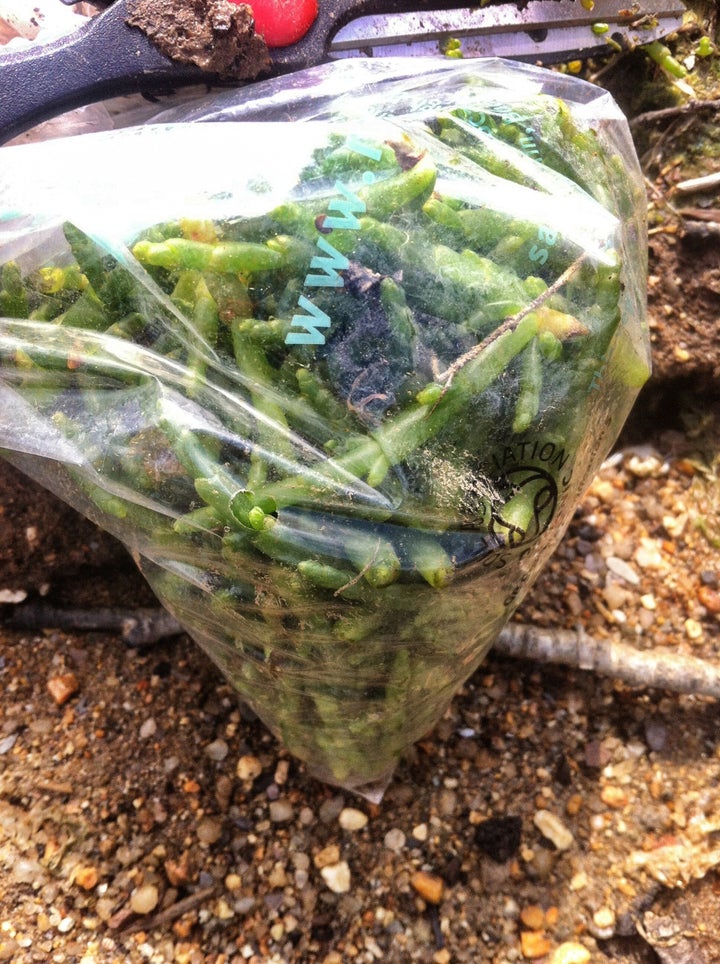
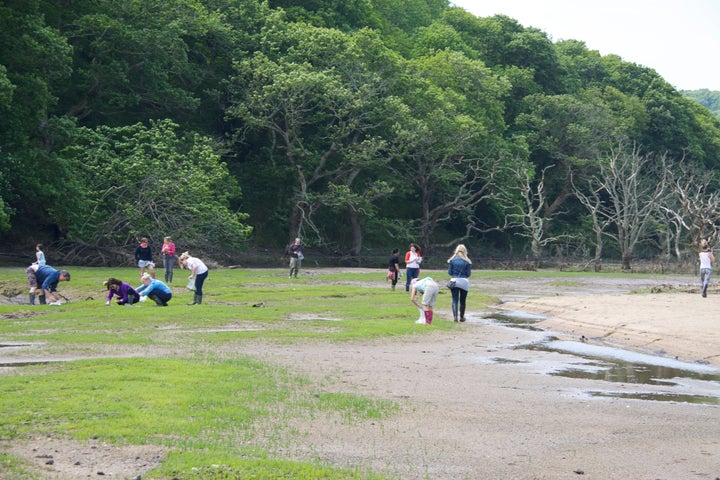
The Millers can only harvest 200kg of samphire each week during its season. The majority of it is sold to Riverford, an organic farm, shop and restaurant which also distributes vegetable boxes throughout the country. You can read more about Riverford in my blog http://www.holdtheanchoviesplease.wordpress.com
The prolonged cold weather in the UK has had an affect on most crops - particularly wheat - and samphire has not been excluded. Growing short and in sparse patches, we're looking at acres of land which would normally at this time of the year be carpeted emerald green with the smooth cactus-like crop.
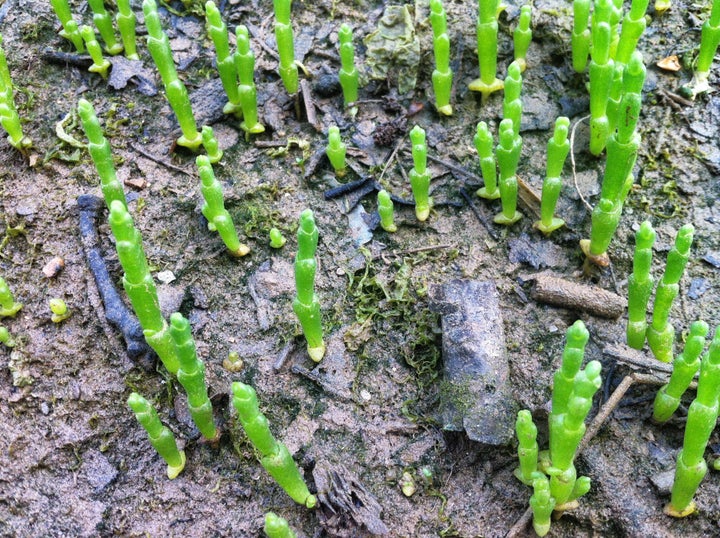
If, like me, you balk at the price I can reassure you that after a back-breaking 20 minutes I'm still suffering two days later. Next time I see samphire on sale and turn my nose up at the price I'll recognise the effort required to pick just a small amount of this vegetable of the sea.
All photos taken by Rebecca Williams